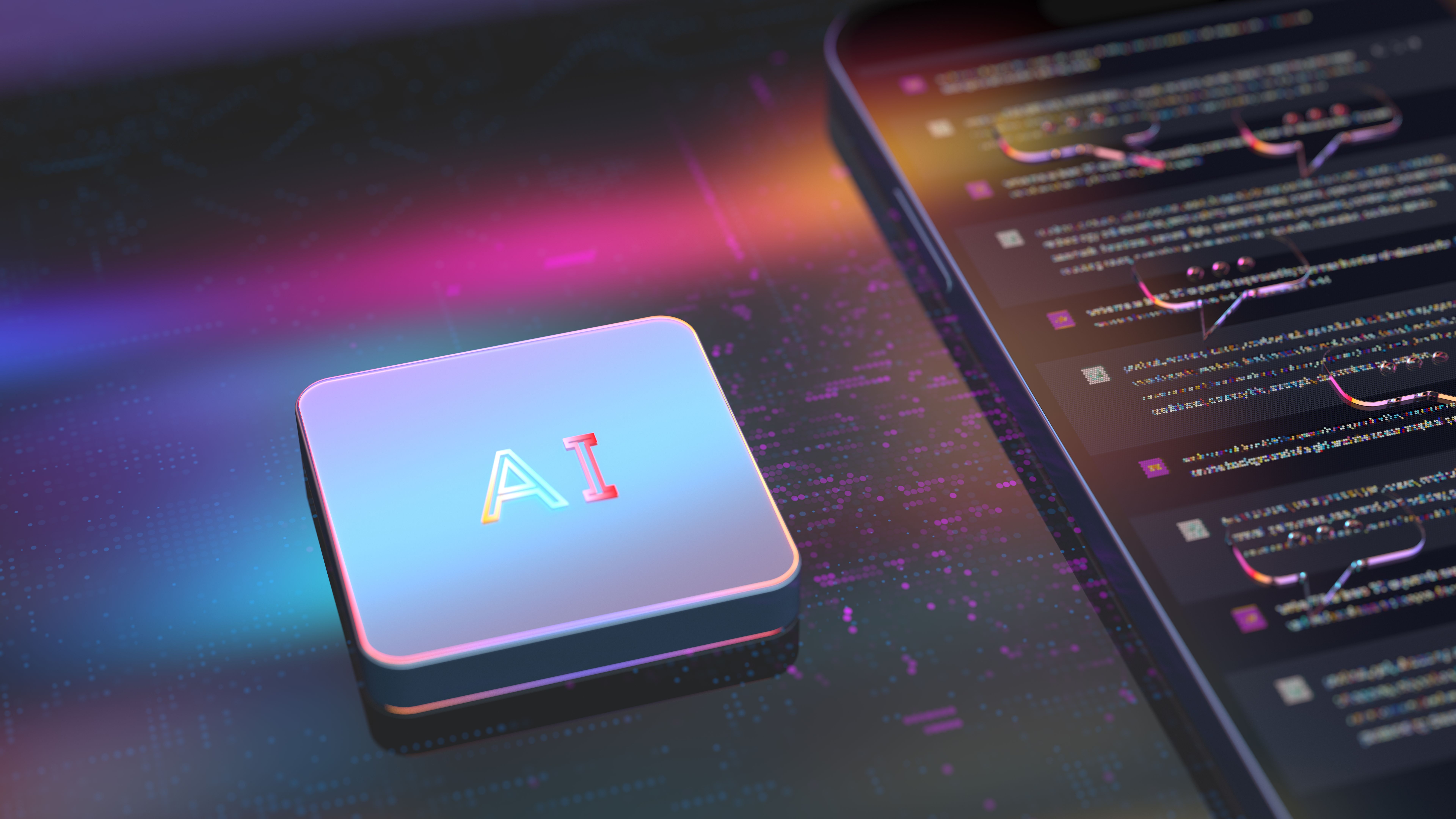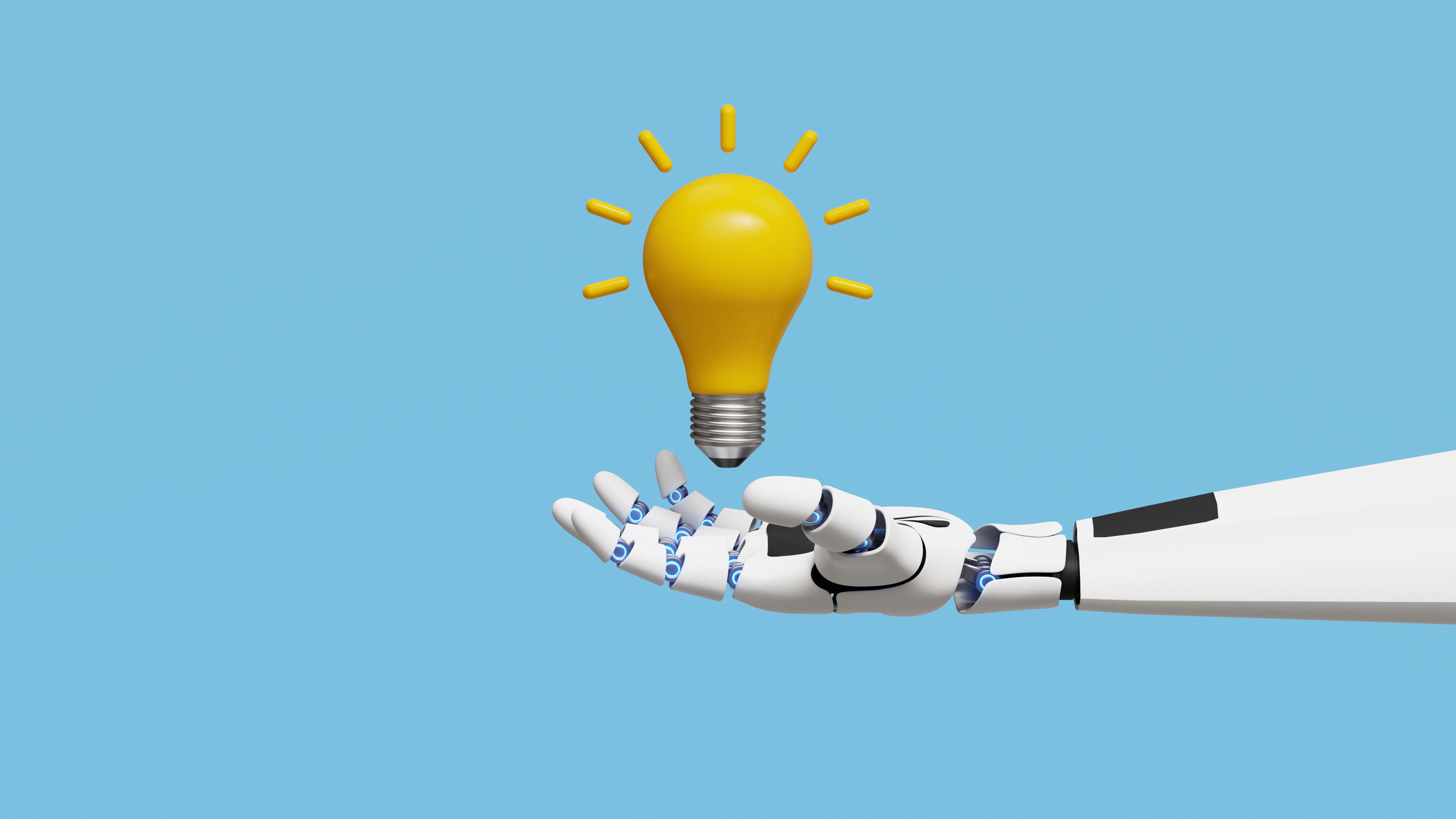Boosting AI Efficiency: The Power of Tokenizer Technology
Understanding Tokenizer Technology
In the realm of artificial intelligence, efficiency is paramount. As AI models become more complex, the need for streamlined processing becomes critical. Enter tokenizer technology, a powerful tool that plays a pivotal role in enhancing AI efficiency. Tokenizers are algorithms that break down input data into smaller, manageable pieces known as tokens. These tokens are essential for the functioning of AI models, particularly in natural language processing (NLP) tasks.
Tokenizers work by converting text into numerical data that AI models can understand. This conversion is crucial because AI systems do not process text in the same way humans do. By transforming words and sentences into numbers, tokenizers enable AI models to analyze and generate human-like text, perform translations, and execute various other language-related tasks.

The Mechanics of Tokenizers
The process of tokenization involves segmenting text into units, which may consist of words, subwords, or even characters, depending on the complexity of the task at hand. Tokenizers are designed to handle nuances in language, such as punctuation and special characters, ensuring that each token retains its contextual meaning.
There are two primary types of tokenizers: word-based and subword-based. Word-based tokenizers divide text at the word level, which is straightforward but can be inefficient for larger vocabularies. Subword-based tokenizers, on the other hand, offer greater flexibility by breaking down words into smaller units, allowing the model to handle a vast vocabulary with fewer parameters and enhanced performance.
Benefits of Efficient Tokenization
The efficiency of a tokenizer directly impacts the overall performance of an AI model. By optimizing the tokenization process, models can achieve faster training times and reduced computational costs. Additionally, effective tokenization leads to more accurate predictions and improved language understanding.
Tokenizers also contribute to reducing memory usage, as they minimize the need for storing large vocabularies. This aspect is particularly beneficial for deploying AI applications on devices with limited resources, such as smartphones or IoT devices.

Challenges and Innovations
Despite the advantages, developing efficient tokenizers presents challenges. Languages with rich morphology or those that use non-Latin scripts can complicate the tokenization process. Additionally, handling idiomatic expressions and domain-specific jargon requires sophisticated approaches.
To address these challenges, researchers are continually innovating in the field of tokenizer technology. Advances such as adaptive tokenization, which dynamically adjusts to different languages and contexts, are paving the way for more robust AI systems. Furthermore, open-source libraries like Hugging Face's Transformers provide tools that make it easier for developers to implement state-of-the-art tokenization techniques.
The Future of Tokenizer Technology
As AI continues to evolve, so does the technology that supports it. The future of tokenizer technology looks promising, with ongoing research focused on enhancing its scalability and flexibility. Emerging techniques like byte-level tokenization and neural network-based approaches hold potential for even more efficient and accurate language processing.
In conclusion, tokenizer technology is an indispensable component of modern AI systems. By breaking down language barriers and enhancing computational efficiency, tokenizers empower AI models to perform at their best. As innovations in this field continue to emerge, we can anticipate even greater strides in AI capabilities and applications.
